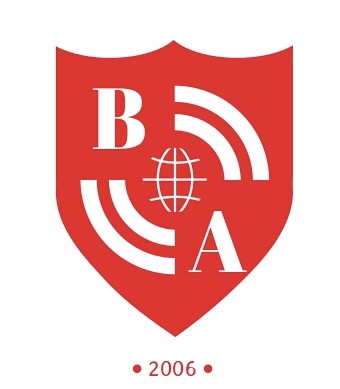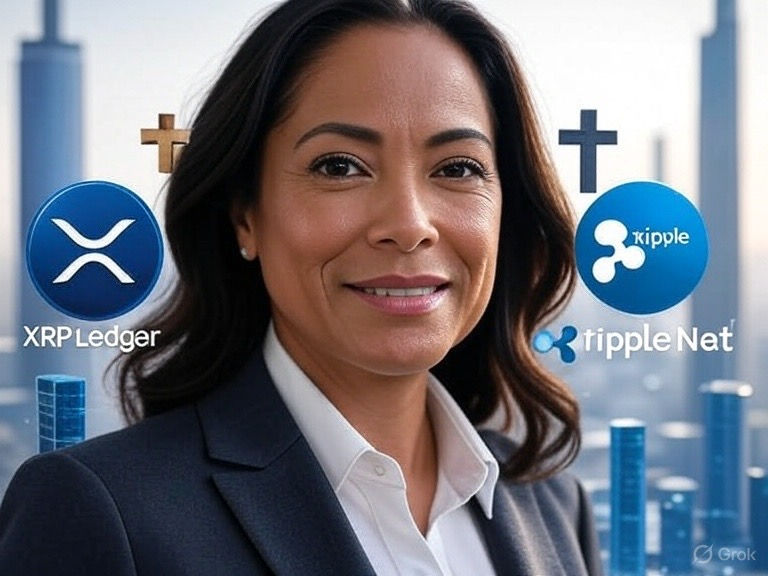Rollups EXPLAINED for KIDS
- Business Anthropology

- Dec 17, 2022
- 3 min read

Ethereum is a lot like the Internet. It is a “network” and “software” built with blockchain technology; and it isn’t located in any “one place.” Blockchain technology is a decentralized distributed public ledger where transactions are verified and recorded. Think of this like a giant digital accounting notebook where all accountants participating in the network always have identical copies of the notebook. Inside that notebook is a record, a “chain” of all past activity as well as the present and new transactions. These activities logged are called “blocks.” As a piece of software, Ethereum powers thousands of “applications.” It is used in industries like finance, gaming, advertising, identity management and supply chain management. Ethereum is an example of a Layer 1 solution. When you hear Layer 1, this refers to the foundational blockchain technology. The Ethereum Layer 1 blockchain technology utilizes “smart contracts.” Smart contracts allow participants in the network to transact with each other without a centralized authority. This means participants have freedom to transact. They can do what they want to do without any one powerful dictator telling them they cannot or a kill switch having the power to be flipped and stop them.
Another wonderful element of Ethereum Layer 1 technology is: one can build on-top of it. The Layer 1 is the foundation; and a Layer-2 is the house built upon it. A Layer 2 is a different protocol that is used in conjunction with; that works with the Layer 1. The goal of the Layer 2 is to increase the capabilities of the Layer 1. The L2s achieve this by offloading computational work from the Layer 1, processing that data off of/outside of the Layer 1. This increases “speed and throughput.” What does that mean?
Let’s use the mental model of taking a “test in school.” The “block” on the Ethereum Mainnet is the “test” that you turn into the teacher. The “rollups” are the scrap-paper you use on the side of the test to work through the problems. You do all of your hard work on the scrap paper and you write your completed/perfect answers on the test. The scrap paper gives you much more room to work with than trying to work in the crowded margins and available white space on the physical test paper.
Layer 2 solutions within the Ethereum ecosystem are called “rollups.” Rollups maximize “block efficiency.” Rollups are mini transactions bundled up and taken “off chain.” Rollups move computational tasks off the chain while posting compressed or “rolled-up data” much like a good old fashioned “.zip” file on your computer. These computations are completed and then sent back to the Ethereum Mainnet taking up minimal block space.
The 2 types of rollups being used at this time within the Ethereum ecosystem are “Optimistic rollups” and Zero-Knowledge or “ZK rollups.” In order to understand the difference, let’s think about the “Where’s Waldo” picture game. For ZK rollups you would be sent the entire detailed picture and told to find Waldo. For Optimistic rollups you would be sent the picture with only “Waldo.” In other words; Optimistic rollups assume that the transaction batches are legitimate; while ZK rollups need cryptographic validation.
Optimistic rollups and ZK rollups are both different and have various pros and cons. This allows them not to be utilized interchangeably, but in distinct cases and for specific reasons. One example that could be argued is: ZK rollups are more secure than Optimistic rollups because of the need for “cryptographic proofs;” doublechecking the work of others and getting the same answer. Whereas, with Optimistic rollups one doesn’t need to provide proof of transactions (unless challenged), just verifying “Yes, you found Waldo,” making it more cost efficient.
SUMMARY: Ethereum is a blockchain technology. This technology is sometime referred to as a Layer 1. In an effort to make Ethereum more efficient and effective, Layer 2s were built. Layer 2s act independently and complement the Layer 1. Layer 2 scaling solutions in the Ethereum Ecosystem are called “rollups.” To date, the most popular rollups are ZK and Optimistic.
A REAL-WORLD EXAMPLE: The L2 Industry Leader is Polygon Matic. Polygon is an easy-to-use platform for Ethereum scaling and infrastructure development. Polygon builds new features upon the industry leading, proven and increasingly adapted Layer 1 Ethereum. Polygon delivers solutions that always cater to developer ecosystem, industry and societal needs.
With Polygon, one can create Optimistic or ZK rollup chains, stand-alone chains or any other kind of infrastructure required by a developer/industry. Polygon Matic effectively has transformed Ethereum into a multi-chain system making it the true “Internet of Blockchains.” Although this multi-chain system and approach has been mimicked/replicated by other Layer 1s such as Polkadot, Cosmos and Avalanche; the Ethereum and Polygon duo have very significant advantages. One such advantage is Ethereum’s security and Polygon’s commitment to climate change as well as a proven track record of excellence through real world exciting affiliations like Starbucks, Robinhood and Disney.



Comments